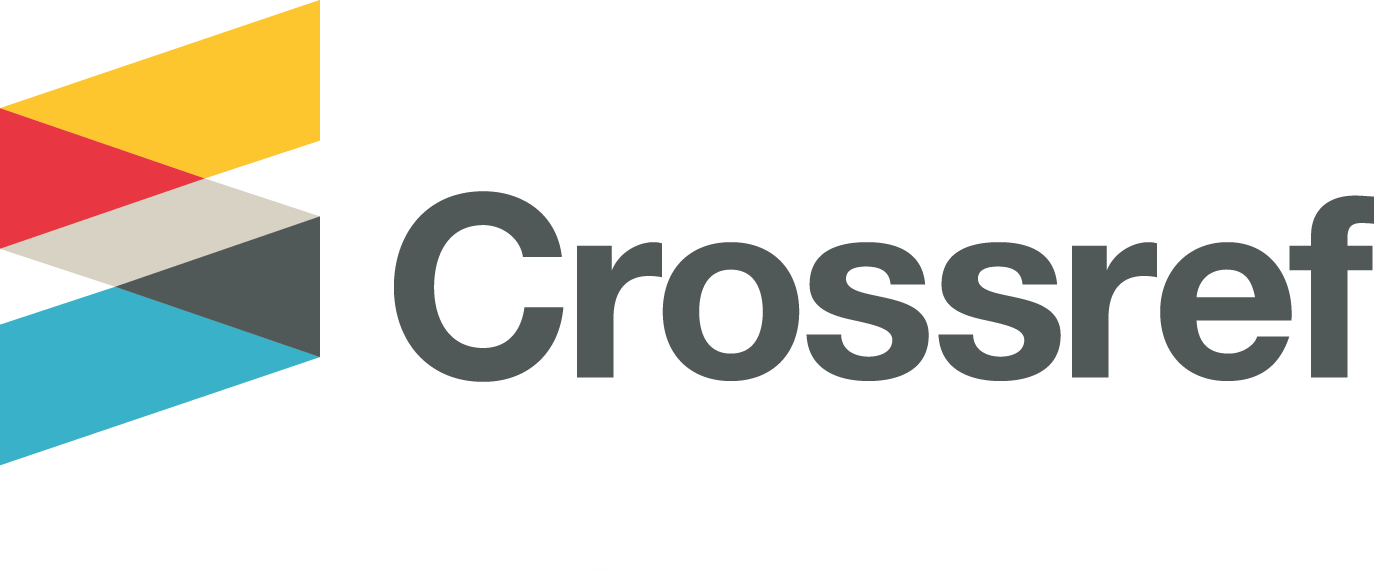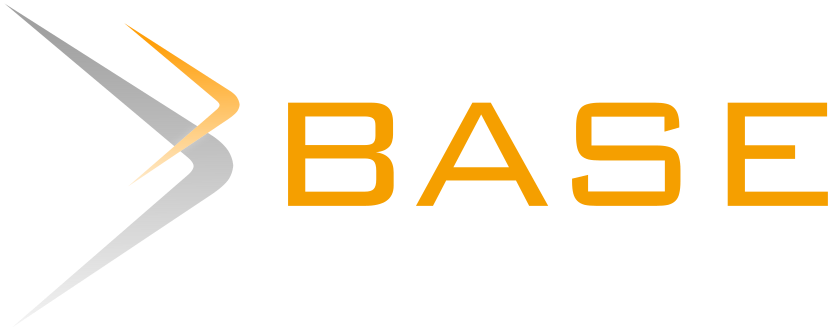Body Image and Body Dysmorphic Disorder Tendency of Women Social Media Users
Abstract
Body image is a psychological factor that causes body dysmorphic disorder tendencies. Where, individuals feel satisfied or dissatisfied with the shape of the body so that they try to achieve the desired body. The purpose of the study was to determine the relationship between body image and the tendency of body dysmorphic disorder in female social media users. The survey of this study was 202 subjects. The study used quantitative methods using Spearman rho correlation data analysis techniques with a coefficient of -0.469 with p=0.00 (p<0.05). The results show that there is a very significant negative relationship between body image and the tendency of body dysmorphic disorder in female social media users. This means that the lower the body image, the higher the tendency of body dysmorphic disorder and vice versa, the higher the body image, the lower the tendency of body dysmorphic disorder in social media users. So, a female social media user may feel satisfied with herself. However, she can also unconsciously develop an obsession to be better, cover up flaws and continue to change her appearance.
Body image merupakan faktor psikologi penyebab terjadinya kecenderungan body dysmorphic disorder. Dimana, individu merasa puas ataupun kurang puas dengan bentuk tubuh sehingga mengusahakan tercapaianya tubuh yang di inginkan. Tujuan penelitian untuk mengetahui hubungan body image dengan kecenderungan body dysmorphic disorder pada perempuan pengguna media sosial. Survei penelitian ini adalah 202 subjek. Penelitian menggunakan metode kuantitatif menggunakan teknik analisis data korelasi Spearman rho dengan hasil koefisien sebesar -0,469 dengan p=0,00 (p<0,05). Hasil menunjukkan terdapat hubungan negatif yang sangat signifikan body image dengan kecenderungan body dysmorphic disorder pada perempuan pengguna media sosial. Hal ini berarti bahwa semakin rendah body image, semakin tinggi kecenderungan body dysmorphic disorder begitupun sebaliknya, semakin tinggi body image, semakin rendah kecenderungan body dysmorphic disorder pada pengguna media sosial. Jadi, perempuan pengguna media sosial bisa saja merasakan kepuasan terhadap dirinya. Tetapi, dia juga bisa tidak sadar mengembangkan obsesi untuk menjadi lebih baik, menutupi kekurangan dan terus mengubah penampilan dirinya.
Keywords
Full Text:
FULL TEXTReferences
Adriani, R., Sagir, A., & Fadhila, M. (2021). Kebersyukuran terhadap Kecenderungan Body Dysmorphic Disorder terhadap Wanita Dewasa Awal. Jurnal Bimbingan Konseling Islam, 2(2), 136.
Amrizon, N. A., Ifdil, I., Nirwana, H., Zola, N., Fadli, R. P., & Putri, Y. E. (2022). Studi Pendahuluan; Kecenderungan body dysmorphic disorder (BDD) pada mahasiswa bimbingan dan konseling. Jurnal Konseling Dan Pendidikan, 10(1), 87. https://doi.org/10.29210/176900
Andini, S. F. (2020). Aktivitas dan Pengaruh Sosial Media terhadap Body Dissatisfaction pada Dewasa Awal. Analitika, 12(1), 34–43. https://doi.org/10.31289/analitika.v12i1.3762
Annisyah, K., & Susilarini, T. (2022). Hubungan antara Kepercayaan Diri dan Citra Tubuh dengan Kecenderungan Body Dysmorphic Disorder pada Profesi Model di X Agency. Psikologi Kreatif Inovatif, 2(3), 76–84. https://doi.org/10.37817/psikologikreatifinovatif.v2i3.2129
Astila, S., & Murdiana, S. (2021). Hubungan antara Self-Compassion dengan Self-Objectification Pada Remaja Pengguna Instagram di Makassar. Jurnal Psikologi Talenta Mahasiswa, 1(1), 55–67. http://eprints.unm.ac.id/26356/1/Hubungan antara Self-Compassion dengan Self-Objectification Pada Remaja Pengguna Instagram di Makassar.pdf
Brown, Z., & Tiggemann, M. (2020). A picture is worth a thousand words: The effect of viewing celebrity Instagram images with disclaimer and body positive captions on women’s body image. Body Image, 33, 190–198. https://doi.org/10.1016/j.bodyim.2020.03.003
Cash, T. . (2008). The body image workbook (Second Edi). CA: New Harbinger Publication Inc.
Cash, T. F., & Pruzinsky, T. (2002). Body Image: A handbook of theory, research, and clinical practice. The Guilford Press. http://www.drugs.am/upload/BODY IMAGE_1243919696562.pdf
Davidson, G. C., Naele, J. M., Kring, A. M. (2010). Abnormal Psychology. Jakarta: RajaGrafindo Persada.
Diana, D. (2019). Hubungan Body Image Dengan Perilaku Konsumtif Kosmetik Pada Remaja Putri. Psikoborneo: Jurnal Ilmiah Psikologi, 7(3), 433–440. https://doi.org/10.30872/psikoborneo.v7i3.4802
Ganeswari, A. A. I. G., & Wilani, N. M. A. (2019). Hubungan antara citra tubuh dengan kecenderungan body dysmorphic disorder (BDD) pada remaja akhir laki-laki di Denpasar. Jurnal Psikologi Udayana, 6(01), 67. https://doi.org/10.24843/jpu.2019.v06.i01.p07
Giulio, P. (2020). The concept of altered perception in “body dysmorphic disorder”: The subtle border between the abuse of selfies in social networks and cosmetic surgery, between socially accepted dysfunctionality and the pathological condition. Journal of Neurology, Neurological Science and Disorders, 6(1), 001–007. https://doi.org/10.17352/jnnsd.000036
Hadi, S. (2004). Statistik (jilid 2). Yogyakarta: Andi.
Hurlock, B. E. (1999). Psikologi Perkembangan: Suatu Pendekatan Sepanjang Rentang Kehidupan. Penerbit Erlangga.
Kumalasari, A. Y., & Rahayu, M. N. M. (2022). Self Esteem dan Citra Tubuh Pada Wanita Dewasa Pasca Melahirkan. Psikoborneo: Jurnal Ilmiah Psikologi, 10(4), 653. https://doi.org/10.30872/psikoborneo.v10i4.9099
Nourmalita, M. (2016). Pengaruh Citra Tubuh terhadap Gejala Body Dismorphic Disorder yang Dimediasi Harga Diri pada Remaja Putri. Seminar Asean 2 Nd Psychology & Humanityean 2 Nd Psychology & Humanity, 19–20. mpsi.umm.ac.id/files/file/546- 555 melina.pdf
Oktaviani, M. A. (2019). Hubungan Penerimaan Diri Dengan Harga Diri Pada Remaja Pengguna Instagram. Psikoborneo: Jurnal Ilmiah Psikologi, 7(4), 549–556. https://doi.org/10.30872/psikoborneo.v7i4.4832
Phillips, K. A. (2009). Understanding Body Dysmorphic Disorder. New yorks: Oxford University Press.
Prastuti, E., & Mulyani, H. T. (2020). Harga diri dan citra tubuh sebagai prediktor kecenderungan body dysmorphic disorder pada remaja perempuan. Persona:Jurnal Psikologi Indonesia, 9(2), 302–318. https://doi.org/10.30996/persona.v9i2.3472
Rodgers, R. F., Lowy, A. S., Kodama, E., & Bujold, H. (2021). #Beautyunedited: Is labeling unedited selfies helpful for body image and mood among young women? Body Image, 39, 156–165. https://doi.org/10.1016/j.bodyim.2021.08.001
Rombe, S. (2013). Hubungan Body Image dan Kepercayaan Diri Dengan Perilaku Konsumtif Pada Remaja Putri di SMA Negeri 5 Samarinda. Psikoborneo: Jurnal Ilmiah Psikologi, 1(4), 228–236. https://doi.org/10.30872/psikoborneo.v1i4.3520
Santoso, M. V., Fauzia, R., & Rusli, R. (2019). Hubungan antara Kepuasan Citra Tubuh dengan Kecenderungan Body Dysmorphic Disorder Pada Wanita Dewasa Awal di Kota Banjarbaru. Kognisia, 2, 55–60.
Siyoto, S., & Sodik, M. A. (2015). Dasar Metodologi Penelitian. Literasi Media Publising.
Wahyudi, M. I., & Yuniardi, M. S. (2019). Body Image dan Kecenderungan Body Dysmorphic Disorder pada Mahasiswi (Body Image and Trends of Body Dysmorphic Disorders in Students). Psycho Holistic, 1(1), 30–37. http://journal.umbjm.ac.id/index.php/psychoholistic30
Wood, J. V. (1989). Theory and research concerning social comparisons of personal attributes. Psychological Bulletin, 231–248. https://doi.org/0033-2909.106.2.231
DOI: http://dx.doi.org/10.30872/psikoborneo.v11i3.11969
Refbacks
- There are currently no refbacks.
Copyright (c) 2023 Psikoborneo: Jurnal Ilmiah Psikologi

This work is licensed under a Creative Commons Attribution-ShareAlike 4.0 International License.
PSIKOBORNEO: Jurnal Ilmiah Psikologi Published by Faculty of Social and Political Siences, University of Mulawarman, Samarinda, East Kalimantan and This work is licensed under a Creative Commons Attribution-ShareAlike 4.0 International License.
________________________________________
PSIKOBORNEO: Jurnal Ilmiah Psikologi
Department of Psychology
Faculty of Social and Political Siences, University of Mulawarman
Jl. Muara Muntai Kampus Gn. Kelua Samarinda 75411
Phone: +62 813 35350368
E-Mail: psikoborneo@gmail.com / psikoborneo@fisip.unmul.ac.id
















